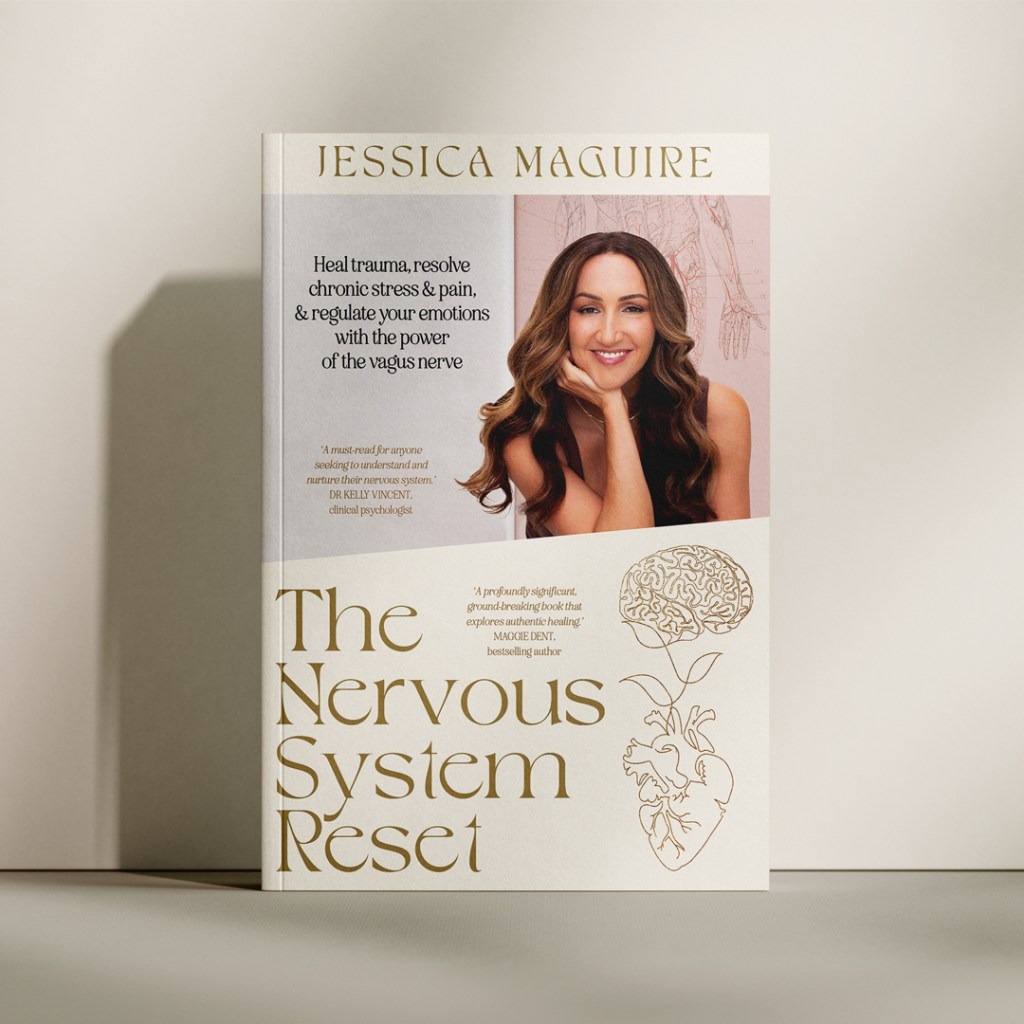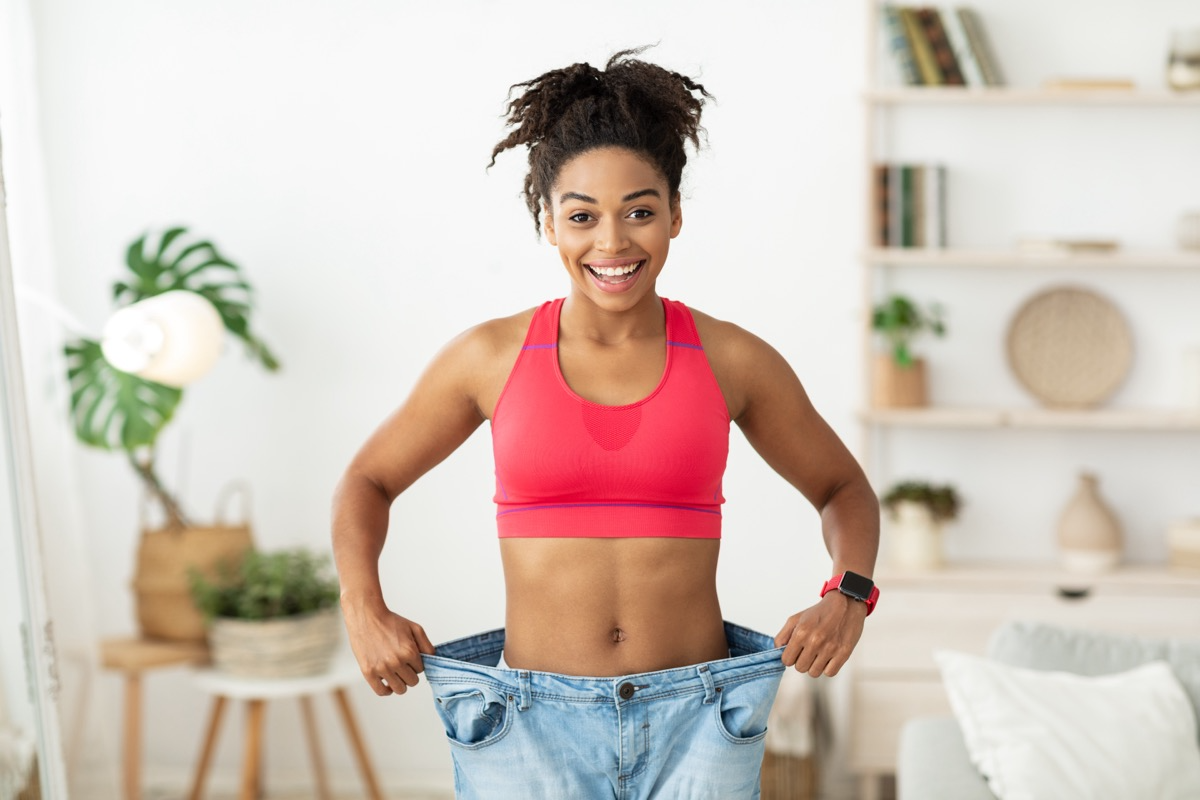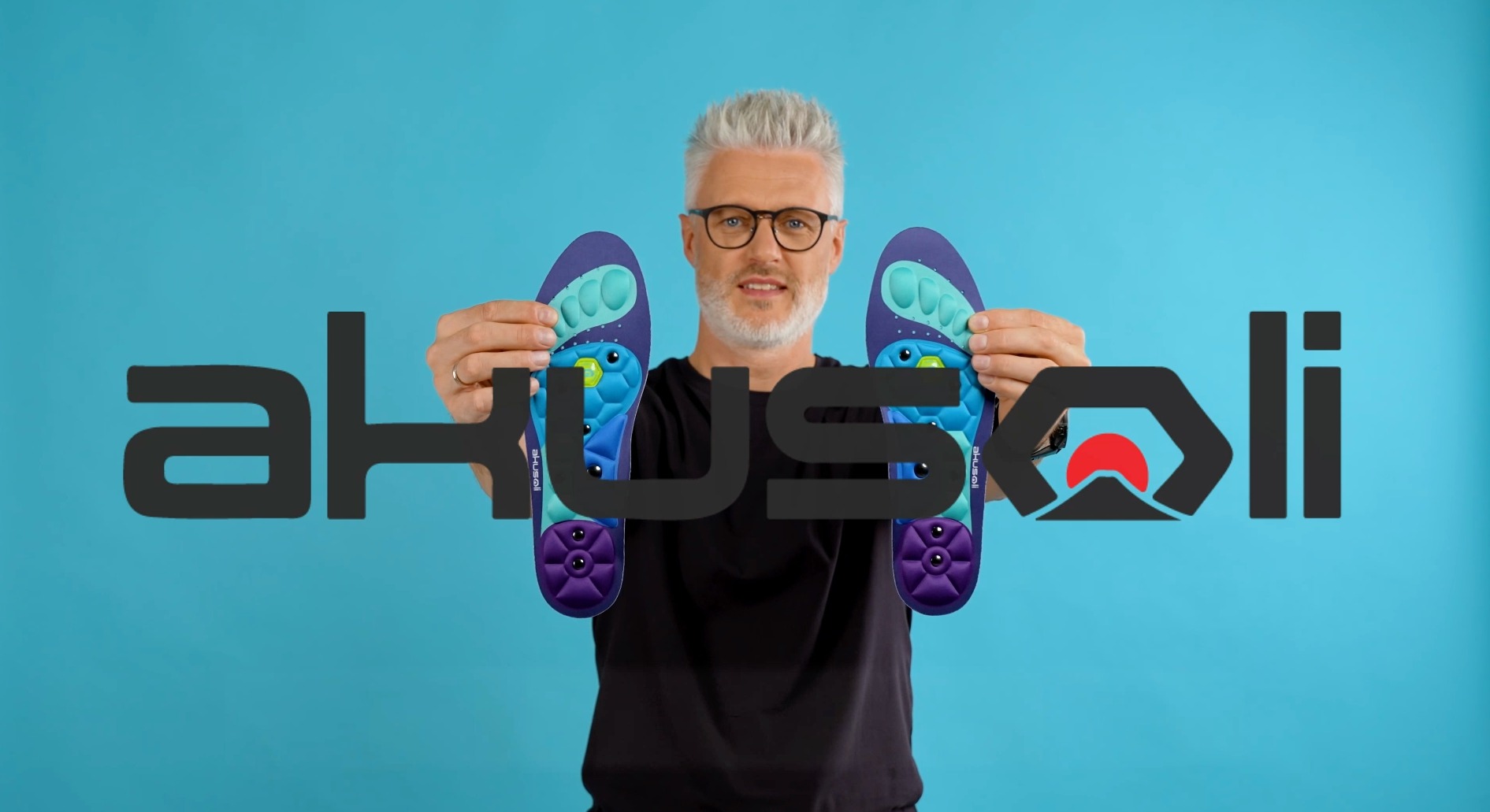Fashion
6 min read
The Guide to Natural Movement on the Trail
March 08 , 2025
By Sienna Claire

Imagine walking along a scenic trail, feeling the earth beneath your feet with every step. The uneven terrain, the soft forest floor, the occasional rock, all become part of your journey rather than obstacles to overcome. Your feet move naturally, gripping the ground as they were designed to do. This is the experience that barefoot hiking shoes offer, and it’s exactly what Hike Footwear is designed to enhance.
If you’ve ever struggled with bulky, rigid hiking boots that leave your feet sore and tired, you’re not alone. Traditional footwear often limits foot movement, weakens muscles, and creates dependency on artificial support. But what if you could hike in a way that strengthens your feet, enhances stability, and improves posture, all while feeling more connected to the trail?
Switching to barefoot hiking isn’t just about footwear, it’s about relearning the way your feet were meant to move. With the right approach and proper adaptation, you can transition smoothly and unlock the full potential of natural hiking.
Why Choose Barefoot Hiking Shoes?
Many believe that thick, cushioned hiking boots are essential for protection and comfort. However, the reality is quite the opposite, feet are naturally designed to absorb shock, adapt to terrain, and maintain balance. Overly padded shoes weaken the muscles by limiting their function. Here’s why barefoot hiking footwear is a game-changer:
1. Encourages a Natural Stride
Most standard hiking shoes elevate your heel, forcing your body into an unnatural forward-leaning posture. Barefoot hiking shoes feature a zero-drop sole, meaning your heel and toe remain at the same level. This allows for better posture, reducing strain on your knees, hips, and lower back.
2. Flexible Materials for Better Movement
Thick, rigid soles restrict foot flexibility. A stiff hiking boot forces you to walk differently, preventing your foot from bending and gripping the ground naturally. In contrast, barefoot shoes are highly flexible, allowing you to adjust your step for better agility and control.
3. Improved Balance and Ground Awareness
Imagine walking barefoot on a sandy beach. You feel the texture of the sand, adjust your steps accordingly, and remain stable. The same principle applies to hiking. Barefoot shoes provide thin yet durable soles, enabling you to sense the ground beneath you. This heightened sensory feedback improves balance and stability, making you less prone to injuries like ankle twists.
4. Strengthens Foot Muscles
Over time, traditional hike shoes weaken foot muscles by restricting movement. When you walk in barefoot hiking shoes, your toes spread naturally, your arches engage, and your overall foot strength improves. Stronger feet lead to better endurance and less fatigue on long hikes.
Key Features of the Best Barefoot Hiking Boots
Not all barefoot shoes are created equal. When selecting a pair for hiking, it’s crucial to look for features that ensure comfort, durability, and the right amount of protection.
1. Wide Toe Box for Natural Toe Spread
Traditional hiking boots often squeeze toes together, leading to discomfort and long-term foot problems. Barefoot shoes come with a wide toe box, allowing toes to spread naturally. This not only improves balance but also enhances comfort on uneven terrain.
2. Thin, Flexible Soles for Maximum Ground Feel
Unlike thick-soled hiking shoes for women and men, barefoot footwear provides minimalist yet durable soles. These soles are thin enough to maintain ground sensitivity while still offering protection from sharp objects like rocks and tree roots.
3. Lightweight Design for Agility
Ever felt like your hiking boots were weighing you down? Barefoot hiking footwear is designed to be lightweight, allowing you to move quickly and effortlessly. The less weight on your feet, the less strain on your legs, leading to a more enjoyable hike.
4. Breathable and Durable Materials
Proper ventilation is essential when hiking, as it prevents moisture buildup that can cause blisters and discomfort. The best barefoot shoes are made with breathable materials, keeping your feet dry and comfortable throughout your adventure.
How to Transition to Barefoot Hiking Shoes?
While barefoot hiking has significant benefits, transitioning too quickly can lead to sore muscles or even injury. Your feet need time to adjust to the lack of artificial support. Here’s how you can make the switch safely:
1. Strengthen Your Feet Before Switching
Since traditional footwear provides excessive support, your foot muscles may be weak. Start with simple exercises to prepare your feet for the transition:
- Toe spreads – Spread and contract your toes to activate foot muscles.
- Heel raises – Strengthen the arches and improve ankle stability.
- Walking barefoot on different surfaces – Grass, sand, and carpeted floors help build strength.
2. Gradual Adaptation to Avoid Fatigue
Suddenly switching from cushioned hiking boots to barefoot shoes can lead to soreness. Begin by wearing barefoot walking shoes for short distances before progressing to longer hikes. Slowly increase your usage over a few weeks.
3. Best Trails for Beginners
To ease the transition, start on soft terrain before tackling rocky or uneven trails. Ideal beginner-friendly trails include:
- Dirt paths – Gentle on the feet while still providing sensory feedback.
- Grass trails – Great for strengthening without excessive strain.
- Sandy trails – Excellent for building foot muscle endurance.
Top Picks for Barefoot Hiking Shoes in 2025 by Hike Footwear
To get the most out of your barefoot hiking experience, choosing the right shoes is essential. Hike Footwear offers some of the best options for durability, flexibility, and protection.
1. Lorax – Ideal for All-Terrain Hiking
- Ultra-thin sole for enhanced ground feel.
- Strong grip for versatile trails.
- Lightweight design for effortless movement.

2. Theora Pro – Best for Rocky Trails
- Extra durability for challenging terrain.
- Mesh upper for breathability.
- Wide toe box for unrestricted movement.

3. Lorax Winter – Best for Cold Weather
- Insulated lining for warmth.
- High-traction sole for snowy and icy conditions.
- Water-resistant materials for wet environments.
![NEW] Lorax Winter – Ergonomic & Supportive Winter Barefoot Shoes - Un – Hike Footwear](https://hike-footwear.com/cdn/shop/files/White-Pink_2.webp?v=1731413822&width=800)
Frequently Asked Questions
Are Barefoot Hiking Shoes Safe?
Absolutely! When transitioning properly, they reduce injury risks by improving foot strength and balance. However, sudden changes without adaptation may cause discomfort.
How Do They Compare to Traditional Hike Shoes?
Unlike hiking tennis shoes, barefoot shoes promote natural foot mechanics, strengthening muscles instead of relying on external support. They also improve agility and stability on uneven terrain.
What Socks Work Best with Barefoot Shoes?
Opt for thin, moisture-wicking socks or toe socks to maintain foot flexibility. Thick, cushioned socks can limit the benefits of barefoot movement.
Barefoot hiking footwear offers a natural and healthier way to explore trails. By allowing your feet to move freely, they enhance balance, posture, and endurance while keeping you connected to the terrain.
If you’re looking for a hiking experience that prioritizes comfort and agility, it’s time to consider making the switch. Start slow, choose the right pair, and experience the freedom that comes with hiking as nature intended. Explore the best barefoot shoes at Hike Footwear and take your hiking to the next level!
Experience better balance, posture, and comfort with barefoot hiking shoes. Find top picks at Hike Footwear for the best natural movement on the trail.
live smarter
Shop smarter, live better, and stay ahead of the trends with our reliable recommendations!

Health and Beauty
4 min read
Feel Your Best Every Day: A Simple Guide to Avantera’s Wellness Supplements

Gadgets and Tech
5 min read
The Nervous System Reset You Didn’t Know You Needed with The Pod Company
trending
Fashion
6 min read
The Style and Spirit of the Modern Caribbean Queen with RepJA
Fashion
6 min read
Unbox Joy and Creativity Every Month with Journal Junk Box
Fashion
6 min read
The Ultimate Guide to Versatile and Comfortable Dresses & Skirts
Fashion
6 min read
The Future Of Smart Wallets
Fashion
5 min read




